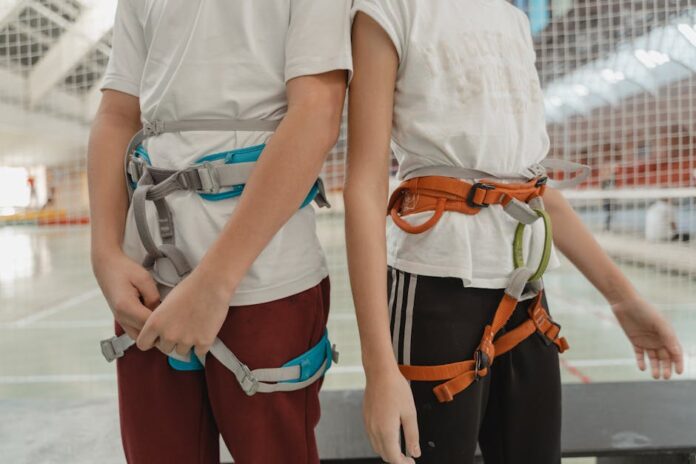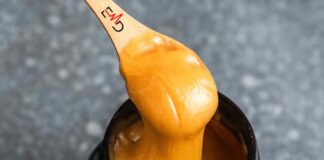
Exercise Daily _ How To Build Core Strength After High School Sports Injuries
High school athletes often face injuries that can sideline them for months, leading to a loss of fitness and strength, especially in the core. The core muscles are pivotal not only for athletic performance but also for overall stability and injury prevention. This article delves into effective strategies for building core strength after high school sports injuries, addressing common misconceptions and presenting evidence-based practices.
The Importance of Core Strength
Core strength is more than just aesthetic; it is essential for athletes and non-athletes alike. The core stabilizes the body, supports the spine, and plays a crucial role in almost every movement. According to a study published in the National Institutes of Health, a strong core improves performance and reduces the risk of injury during activities (Kibler, 2006).
Core Muscles Explained
The core comprises several muscle groups, including:
- Rectus Abdominis
- Transverse Abdominis
- Internal and External Obliques
- Multifidus
- Erector Spinae
- Pelvic Floor Muscles
Each muscle plays a specific role in movement and stability. Understanding these roles helps in designing a targeted rehabilitation program post-injury.
Common Misconceptions about Core Training
Many individuals believe that building core strength is merely about performing endless crunches or sit-ups. This notion is misleading and can hinder recovery. Here are some common misconceptions:
- More is Better: Many athletes think that doing more repetitions will yield better results. In reality, quality outweighs quantity. Focused, controlled movements are more effective.
- Core Training is Only for Athletes: Everyone benefits from core strength, including sedentary individuals. A strong core aids in daily activities and reduces injury risk.
- Isolation Exercises are Sufficient: While isolation exercises have their place, functional training that engages multiple muscle groups is crucial for holistic core strength.
Post-Injury Rehabilitation: A Structured Approach
Recovering from a sports injury involves a multi-faceted approach. Here’s a structured plan to rebuild core strength effectively.
1. Consult a Professional
Before starting any rehabilitation program, consult a healthcare professional. A physical therapist can provide personalized guidance based on your specific injury and recovery progress.
2. Start with Mobility Exercises
Before strengthening the core, it’s essential to restore mobility. Incorporate the following mobility exercises:
- Cat-Cow Stretch
- Child’s Pose
- Hip Flexor Stretch
These exercises improve flexibility and prepare the body for more intensive core workouts.
3. Focus on Stability
Stability exercises are fundamental in rebuilding core strength. Here are some effective stability exercises:
- Plank: Hold a plank position for 20-30 seconds, gradually increasing the duration.
- Side Plank: This targets the obliques and helps improve lateral stability.
- Bird-Dog: This engages the entire core while improving balance.
Start with easier variations and progress as strength improves. Stability exercises can be performed daily.
4. Integrate Strength Training
Once mobility and stability are established, integrate strength training. Focus on compound movements that engage the core, such as:
- Deadlifts
- Squats
- Push-Ups
These exercises not only build core strength but also enhance overall body strength, crucial for returning to sports.
5. Include Functional Core Exercises
Functional exercises simulate real-life movements, making them beneficial for athletes. Consider incorporating:
- Medicine Ball Throws
- Kettlebell Swings
- Resistance Band Exercises
These exercises engage multiple muscle groups and improve muscle coordination, essential for athletic performance.
Nutrition’s Role in Recovery
Nutrition plays a vital role in recovery and muscle rebuilding. Consuming a balanced diet rich in protein, healthy fats, and carbohydrates supports muscle repair. Here’s a simple recipe that can aid in recovery:
Ingredients:
- 1 cup spinach
- 1 banana
- 1 scoop protein powder
- 1 tablespoon nut butter
- 1 cup almond milk
Instructions: Blend all ingredients until smooth. Enjoy post-workout for optimal recovery.
For more nutrition tips, visit our nutrition section.
Counterarguments: The Risks of Inadequate Core Training
Some may argue that strengthening the core is not necessary for all athletes, particularly those who do not engage in high-impact sports. However, this perspective is flawed. Weak core muscles can lead to compensatory movement patterns, increasing the risk of injury even in low-impact activities.
Additionally, neglecting core training can hinder overall athletic performance. A study published in the Journal of Sports Science indicates that athletes with stronger core muscles have better overall performance metrics (Behm, 2015).
Conclusion: Building Core Strength After High School Sports Injuries
Rebuilding core strength after high school sports injuries is a crucial process that requires a structured approach. By focusing on mobility, stability, strength, and nutrition, athletes can effectively recover and enhance their performance. Remember, core strength is not just about aesthetics; it is fundamental to overall health and athletic ability.
For those seeking comprehensive exercise guidance, visit our exercise section for more insights.
“The core is the foundation of all movement. Strengthening it is essential for athletic performance and injury prevention.” – Dr. Stuart McGill
References
- National Institutes of Health
- Journal of Sports Science
- Kibler, W.B. (2006). The role of core stability in athletic performance. Journal of Sports Medicine.
- Behm, D.G. (2015). Training the core: The importance of core stability. Journal of Sports Science.
These are for informational purposes only. Consult your doctor and do your own research before use.
Eat daily, sleep daily, exercise daily.
“`These are for informational purposes only. Consult your doctor and do your own research before use.




